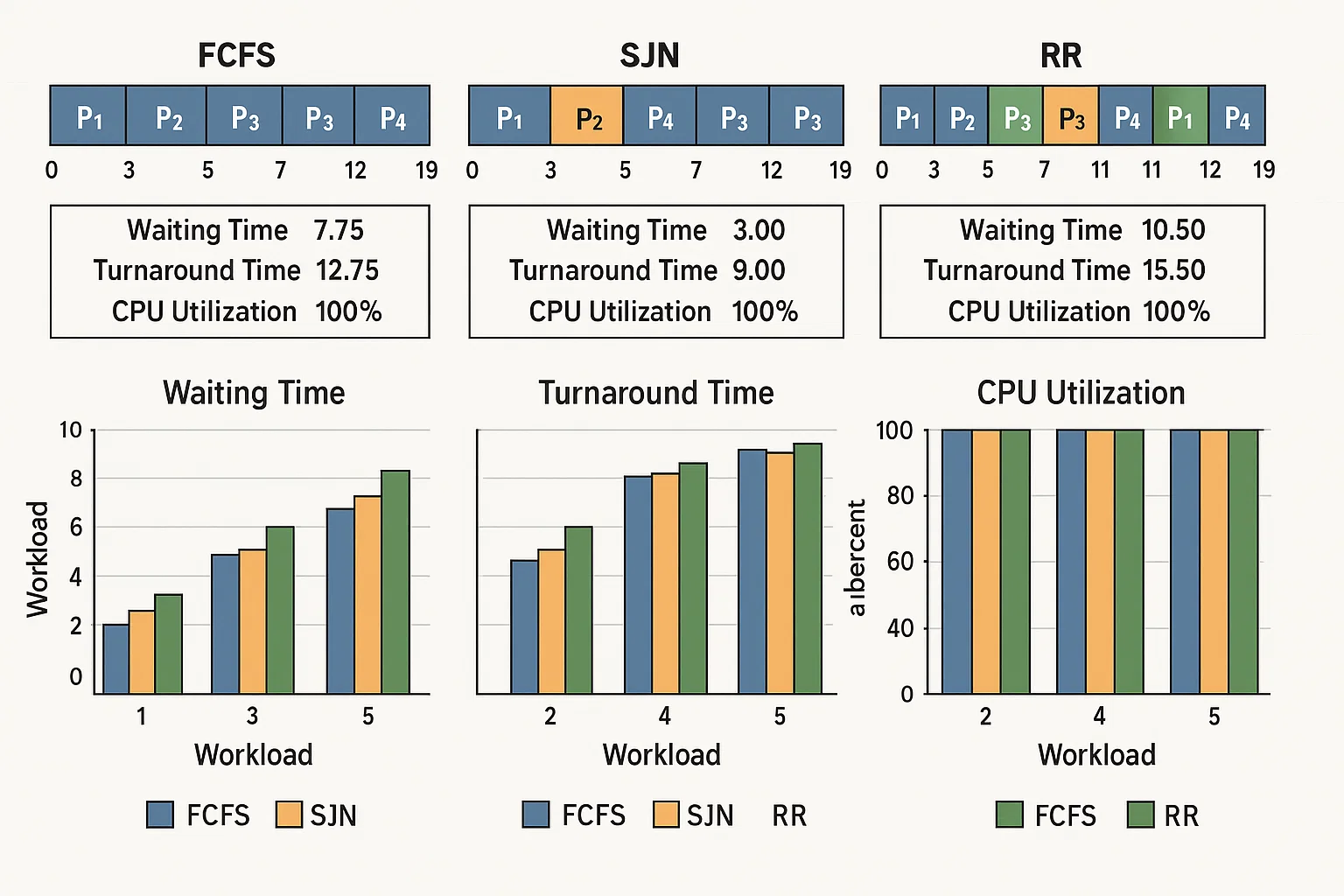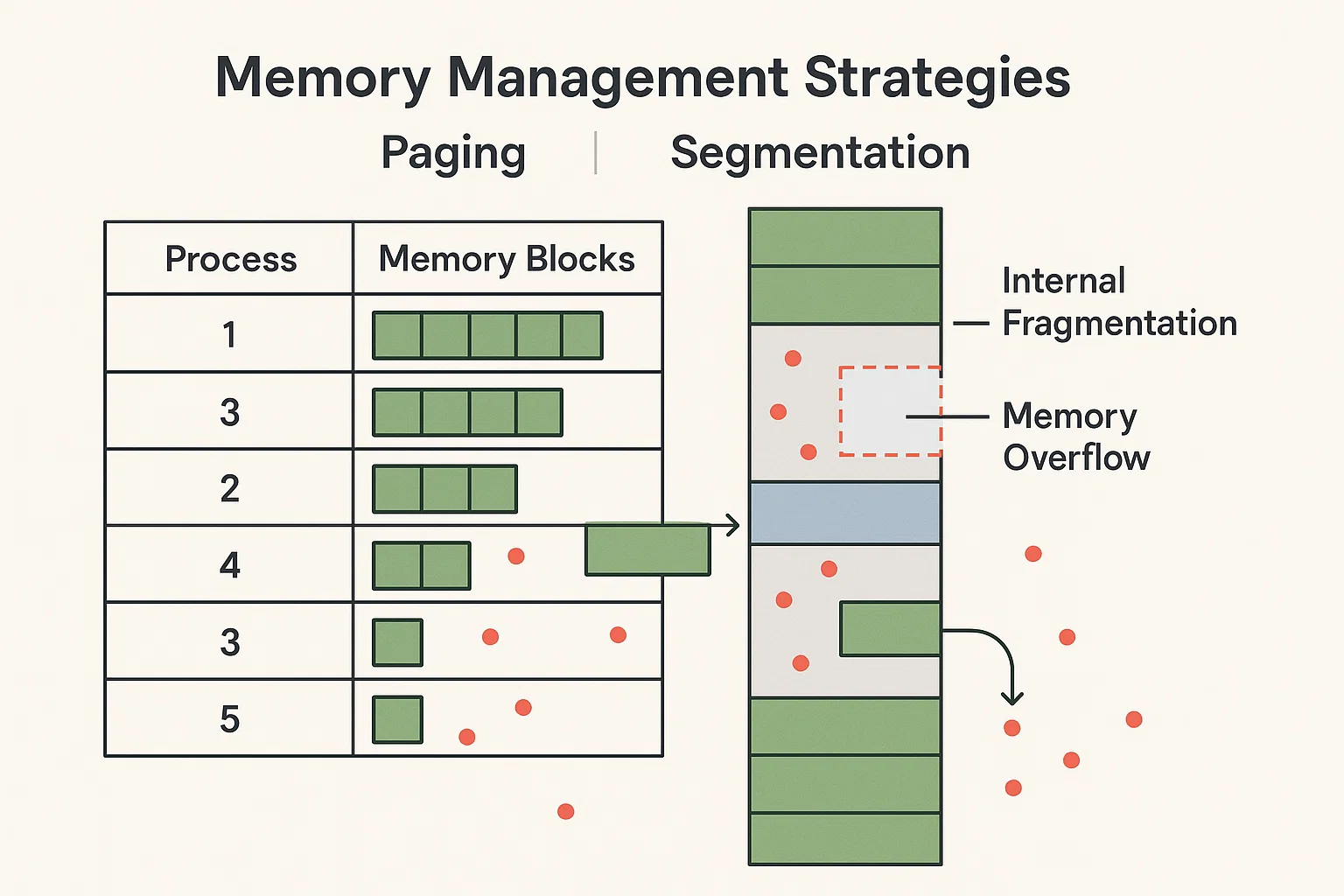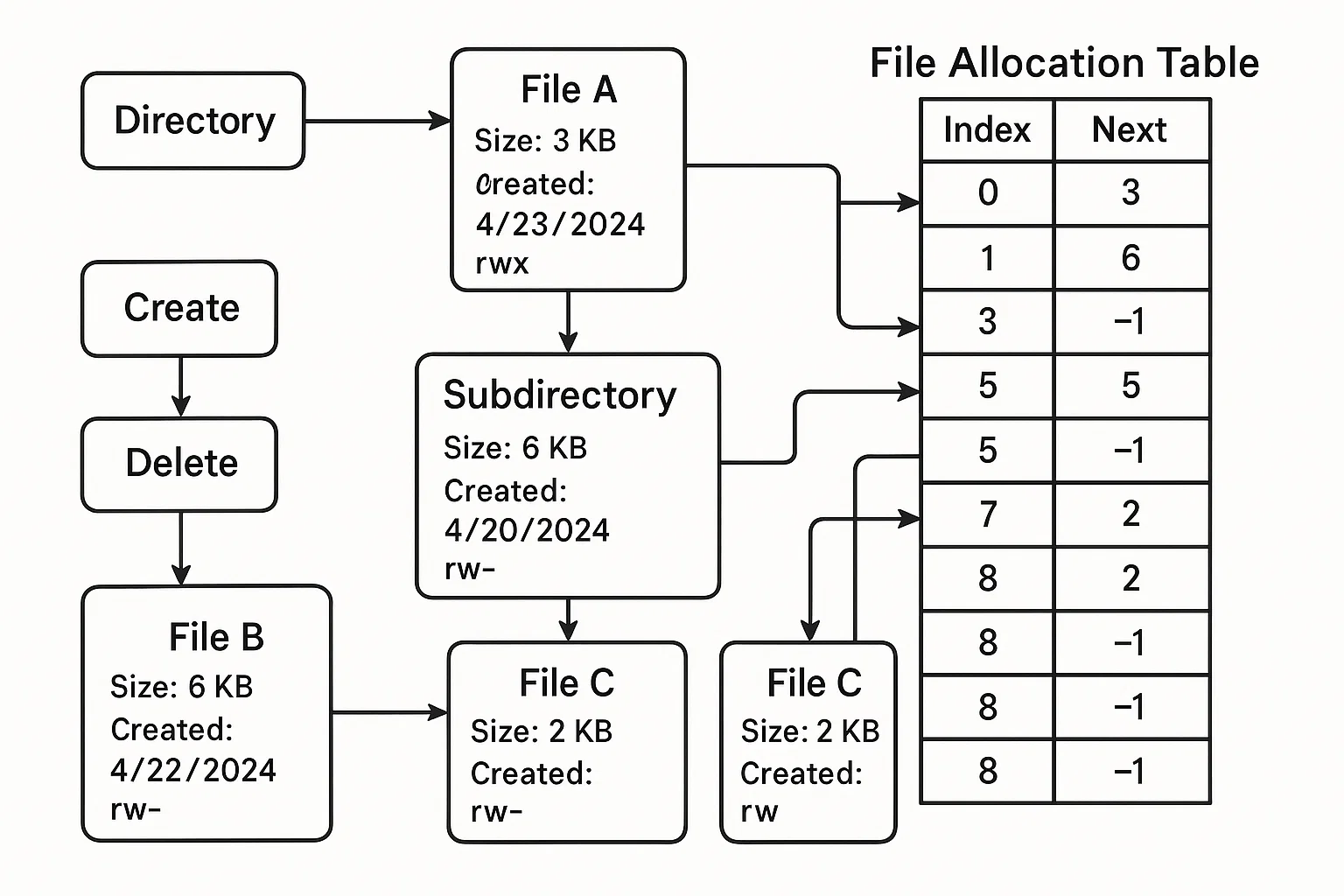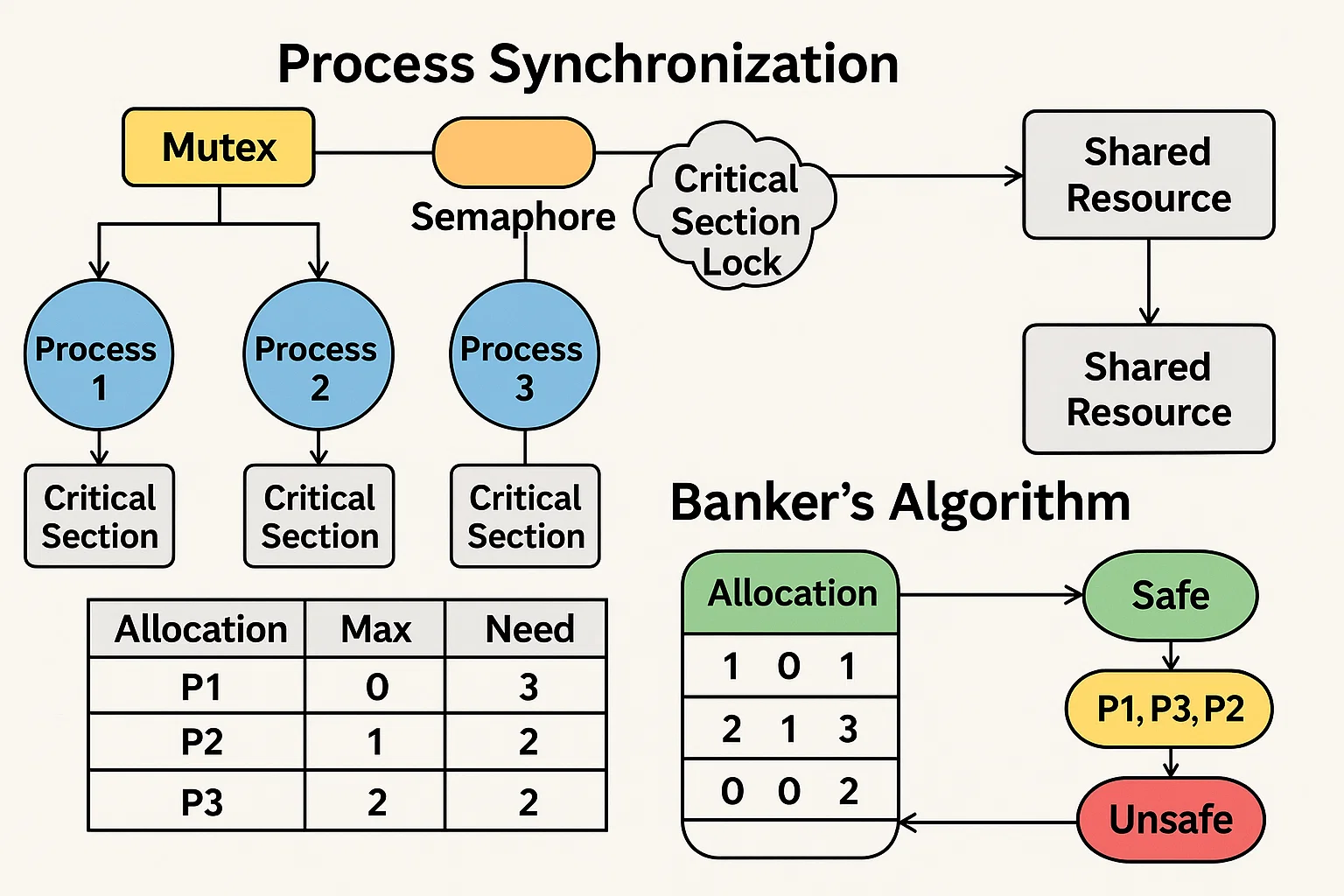Expert Assignment Solutions with 100% Guaranteed Success
Get Guaranteed success with our Top Notch Qualified Team ! Our Experts provide clear, step-by-step solutions and personalized tutoring to make sure you pass every course with good grades. We’re here for you 24/7, making sure you get desired results !
We Are The Most Trusted
Helping Students Ace Their Assignments & Exams with 100% Guaranteed Results
Featured Assignments

Process Scheduling Simulation
Operating SystemsClient Requirements
The student needed to create a simulation of various process scheduling algorithms, including First-Come, First-Served (FCFS), Shortest Job Next (SJN), and Round Robin (RR). The task was to model the execution of a set of processes and calculate key metrics like turnaround time, waiting time, and CPU utilization. The simulation should allow the user to input different processes and see how each algorithm behaves with varying workloads.
Challenges Faced
We ensured that the students fully understood how each scheduling algorithm worked in different conditions. Some faced challenges when implementing the Round Robin algorithm, particularly with respect to the time quantum and the handling of context switches. Additionally, visualizing the performance metrics in real-time proved difficult for some, especially when large data sets were involved.
Our Solution
We implemented a structured guide where students first learned the theory behind each scheduling algorithm, followed by code examples. We then provided a framework where students could plug in different processes and algorithms, enabling them to simulate various scheduling scenarios. To help with visualization, we included tools to graph the processes' waiting and turnaround times.
Results Achieved
The students successfully developed simulations for each algorithm, providing accurate calculations for CPU utilization and process execution times. Their ability to visualize the system's performance with graphs made it easier to identify inefficiencies in scheduling and provided a clear comparison of each algorithm's effectiveness under different workloads.
Client Review
My experience with this assignment was excellent. The guidance provided helped me not only implement the algorithms but also visualize the execution processes in a meaningful way. The simulation was a great learning tool, and the real-time metrics allowed me to truly understand the performance differences between the scheduling algorithms. I was impressed with the level of clarity and support throughout the process.

Memory Management Simulation
Operating SystemsClient Requirements
The student needed to design and implement a simulation of memory management strategies, including paging, segmentation, and a combination of both. The task required them to simulate memory allocation and deallocation, and show how memory fragmentation occurs. The students were expected to handle edge cases, such as memory overflows and the internal fragmentation that might arise.
Challenges Faced
We encountered some complications handling the intricacies of memory fragmentation, particularly when students tried to simulate memory allocation for varying process sizes. Students had difficulty understanding how paging and segmentation interacted, especially when it came to managing virtual memory and how the system should respond when memory limits are reached.
Our Solution
We introduced detailed tutorials on memory allocation, explaining both paging and segmentation strategies in depth. A set of challenges was provided to demonstrate different scenarios, such as large process allocations or memory fragmentation. We also gave students a custom framework where they could track memory usage, simulate allocation, and visually identify fragmentation and overflows.
Results Achieved
The students successfully simulated memory management strategies, clearly displaying how memory was allocated, freed, and fragmented over time. Their work showed a deep understanding of the impact of memory management on system performance and how to mitigate issues like fragmentation using techniques such as paging and segmentation.
Client Review
My experience with this assignment was highly rewarding. The simulations were not only functional but also visually represented memory allocation, making it easier to understand how different strategies impacted system performance. The step-by-step explanations and the ability to simulate edge cases helped me get a clear grasp of memory management and its challenges. Overall, it was a very insightful assignment.

File System Implementation
Operating SystemsClient Requirements
The student wanted to develop a basic file system that mimics real-world file operations such as file creation, deletion, reading, and writing. The task was to design a structure for storing files, implement indexing mechanisms for quick retrieval, and handle file permissions. Additionally, students needed to simulate how the operating system manages these operations and tracks metadata like file size, modification date, and access rights.
Challenges Faced
We faced some difficulties handling the complexity of file system structures, particularly when it came to implementing an efficient indexing mechanism and ensuring that file permissions were correctly enforced. Many students had a hard time designing a file allocation table that could efficiently support the operations required while ensuring consistency in metadata management.
Our Solution
We started with a breakdown of file system architecture and metadata management. Students were provided with templates for implementing basic file structures, followed by step-by-step instructions for building an index mechanism. We also helped them create a mock file allocation table, simulating file storage and retrieval while enforcing file access permissions.
Results Achieved
The students successfully implemented file systems that included file creation, deletion, and reading operations. They created efficient indexing systems for quick file retrieval and effectively managed metadata. Their work demonstrated the core principles behind file systems and the complexities involved in managing data on disk, including file permissions and indexing.
Client Review
The assignment was incredibly thorough, and the end result was fantastic. I now have a clear understanding of how operating systems manage files and data, from indexing to permissions. The step-by-step approach made it easy to tackle complex problems like file storage and retrieval. I’m extremely satisfied with how the project turned out and feel much more confident in my understanding of file systems.

Process Synchronization and Deadlock Avoidance
Operating SystemsClient Requirements
The student needed to implement a process synchronization mechanism for handling multiple processes that share resources, preventing race conditions. They were asked to simulate critical sections, use mutexes and semaphores, and implement algorithms for deadlock prevention and detection, such as the Banker's Algorithm. The goal was to understand how operating systems ensure process synchronization and avoid deadlock situations.
Challenges Faced
We ensured that students grasped the complexities of synchronizing processes while avoiding deadlocks. Some struggled with implementing proper synchronization mechanisms and ensuring that resources were accessed in an orderly fashion. The Banker's Algorithm was particularly challenging for some students to understand and implement correctly, as it required simulating resource allocation and safe sequence calculations.
Our Solution
We provided detailed instructions on the concepts of process synchronization, focusing on mutexes and semaphores. Students were given resources to help them understand the Banker's Algorithm, followed by smaller exercises that allowed them to practice the algorithm in simpler scenarios before tackling the full implementation. We also provided a simulation framework for testing the system’s ability to detect and avoid deadlocks.
Results Achieved
The students successfully implemented synchronization mechanisms using mutexes and semaphores, ensuring that multiple processes could safely access shared resources. They were also able to simulate deadlock detection and prevention strategies, showing how the Banker's Algorithm can be applied to ensure system stability.
Client Review
My experience with this assignment was highly productive. Implementing process synchronization and understanding deadlock avoidance was much more practical than I expected. The step-by-step instructions and provided resources made it easy to grasp even complex concepts like the Banker's Algorithm. The final implementation worked smoothly, and I’m now confident in my understanding of process synchronization and deadlock management.
